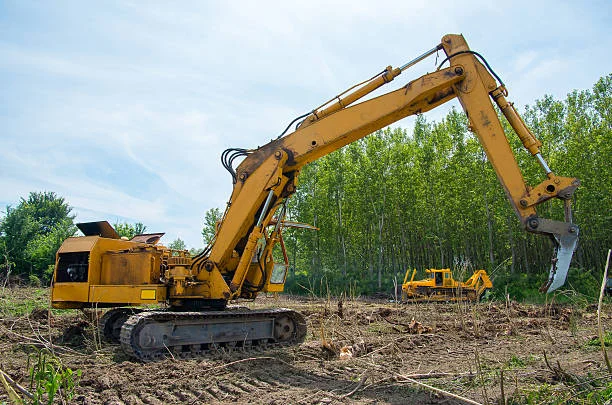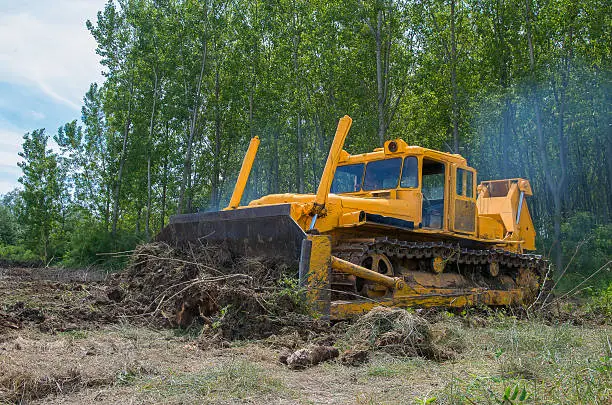The Essential Role of Preparing Land for Agricultural Success
Farmers and agricultural project managers face numerous challenges when initiating new farming ventures. One critical step that often sets the foundation for success is effective preparation of the land. This involves removing obstacles such as trees, bushes, and rocks to create a suitable environment for planting crops or raising livestock. Without this essential groundwork, agricultural projects may encounter hurdles that can impede productivity and long-term growth.

Importance of Removing Obstacles for Farming
Land clearing is a vital process in agriculture because it helps remove physical barriers from fields. By eliminating trees, shrubs, and rocks, farmers can ensure that their equipment operates smoothly and efficiently. Additionally, open fields allow crops to receive adequate sunlight and air circulation, which are crucial factors for healthy growth. Proper removal of these obstacles also minimizes pest habitat and enhances water drainage, further supporting crop health.
Boosting Soil Productivity Through Preparation
A significant benefit of land clearing is its potential to improve soil quality. When unwanted vegetation is removed, nutrients within the soil become more accessible to crops. This increased availability fosters better root development and boosts overall plant health. Furthermore, with cleared land, farmers have more control over soil amendments, allowing them to tailor nutrient inputs precisely to crop needs, resulting in higher yields.

Challenges Farmers Face Without Proper Preparation
Without thorough preparation of the land, farmers may struggle with reduced efficiency and productivity. Obstacles like large rocks or tree stumps can damage machinery, leading to costly repairs and downtime. Additionally, uncleared land may harbor pests or invasive plant species that compete with crops for resources. These issues can significantly impact yield and profitability if not addressed early on.
Steps for Effective Site Preparation
- Conduct a thorough site assessment to identify potential obstacles and determine necessary actions.
- Develop a comprehensive plan for removing vegetation, rocks, and debris.
- Use appropriate machinery and tools to clear the area safely and effectively.
- Amend the soil by adding fertilizers or organic matter as needed to enhance fertility.
- Implement erosion control measures to protect newly cleared areas from soil loss.
Best Practices for Sustainable Land Management
Adhering to sustainable practices during land preparation is crucial for preserving environmental integrity. Farmers should aim to minimize soil disturbance and maintain native vegetative buffers where possible. Implementing contour plowing techniques or cover cropping can help prevent soil erosion and enhance biodiversity. These strategies contribute to long-term soil health and productivity while maintaining ecological balance.
Understanding Legal Regulations and Compliance
Before undertaking any clearing activities, it’s important to be aware of local regulations regarding land use. Different regions may have specific guidelines governing the removal of vegetation to protect wildlife habitats or preserve natural landscapes. Ensuring compliance with these rules not only avoids legal complications but also supports responsible stewardship of natural resources.
Evaluating Costs Versus Benefits of Preparation
- Initial costs: Consider expenses such as equipment rental, labor, and fuel.
- Long-term benefits: Improved crop yields and reduced maintenance costs can offset initial investments.
- Environmental impact: Weigh the ecological effects against agricultural gains.
Contact Our Expert Team for Assistance
Incorporating strategic land preparation into your agricultural plans can greatly enhance productivity and sustainability. Located in Medford, OR, our experienced team at Altered Excavation Contracting specializes in providing tailored solutions to meet your unique farming needs. Contact us today at (541) 261-1886 to learn how we can assist you in optimizing your land for successful agricultural projects.